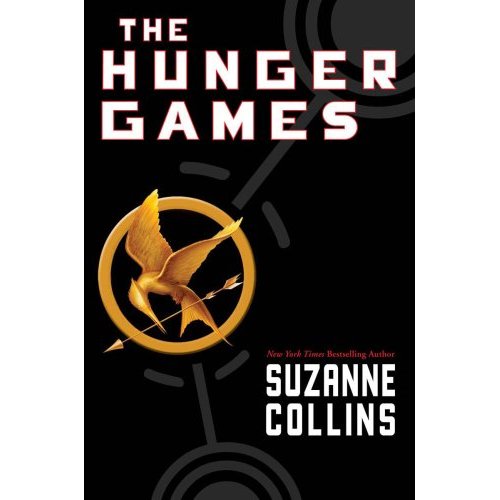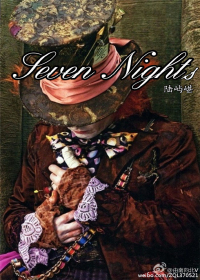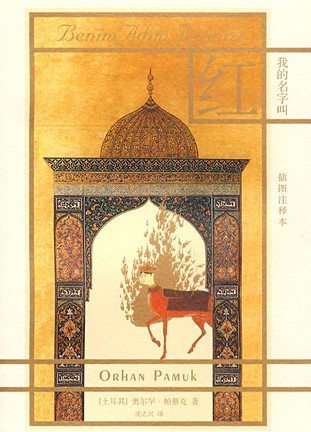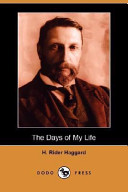my name is red-我的名字叫红-第112章
按键盘上方向键 ← 或 → 可快速上下翻页,按键盘上的 Enter 键可回到本书目录页,按键盘上方向键 ↑ 可回到本页顶部!
————未阅读完?加入书签已便下次继续阅读!
and the crystal bowls that chime constantly anyway; but the spirits of all the
rifles; swords; shields and bloody helmets grow restless and begin to converse
in such a ruckus that the Treasury bees the swarming field of an
apocalyptic battle。”
“The Kalenderi dervishes; whose pictures we’ve seen; brought this belief
from Khorasan to Persia; and later all the way to Istanbul;” said Master
Osman。 “As Sultan Selim the Grim was plundering the Seven Heavens Palace
after defeating Shah Ismail; Bediüzzaman Mirza—a descendant of
Tamerlane—betrayed Shah Ismail and together with the Kalenderis that
constituted his followers; joined the Ottomans。 In the train of the Denizen of
Paradise; Sultan Selim; as he returned through winter cold and snow to
Istanbul; were two wives of Shah Ismail; whom he’d routed at Chaldiran。 They
were lovely women with white skin and slanting almond eyes; and with them
came all the books preserved in the Seven Heavens Palace library; books left by
the former masters of Tabriz; the Mongols; the Inkhanids; the Jelayirids and
the Blacksheep; and taken as plunder by the defeated shah from the Uzbeks;
the Persians and the Timurids。 I shall stare at these books until Our Sultan and
the Head Treasurer remove me from here。”
Yet by now his eyes showed the same lack of direction that one sees in the
blind。 He held his mother…of…pearl…handled magnifying glass more out of habit
than to see。 We fell silent。 Master Osman requested that the dwarf; who
listened to his entire account as though to some bitter tale; once again locate
and bring him a volume whose binding he described in detail。 Once the dwarf
had gone away; I naively asked my master:
“So then; who’s responsible for the horse illustration in my Enishte’s
book?”
“Both the horses in question have clipped nostrils;” he said; “regardless of
whether it was done in Samarkand or; as I said; in Transoxiana; the one you’ve
found in this album is rendered in the Chinese style。 As for the beautiful horse
of Enishte’s book; that was made in the Persian style like the wondrous horses
drawn by the masters of Herat。 Indeed; it is an elegant illustration whose equal
358
would be difficult to find anywhere! It’s a horse of artistry; not a Mongol
horse。”
“But its nostrils are cut open like a genuine Mongol horse;” I whispered。
“It’s apparent that two hundred years ago when the Mongols retreated and
the reign of Tamerlane and his descendants began; one of the old masters in
Herat drew an exquisite horse whose nostrils were indeed cut open—
influenced either by a Mongol horse that he’d seen or by another miniaturist
who’d made a Mongol horse with clipped nostrils。 No one knows for certain
on which page in which book and for which shah it was made。 But I’m sure
that the book and picture were greatly admired and praised—who knows;
maybe by the sultan’s favorite in the harem—and that they were legendary for
a time! I’m also convinced that for this very reason all the mediocre
miniaturists; muttering enviously to themselves; imitated this horse and
multiplied its image。 In this fashion; the wonderful horse with its nostrils
gradually became a model of form ingrained in the minds of the artists in that
workshop。 Years later; after their rulers were defeated in battle; these painters;
like somber women headed to other harems; found new shahs and princes to
work for in new countries; and carried with them; stowed in their memories;
the image of horses whose nostrils were elegantly cut open。 Perhaps under the
influence of different styles and different masters in different workshops;
many of the artists never made use of and eventually forgot this unusual
image which noheless remained preserved in a corner of their minds。
Others; however; in the new workshops they joined; not only drew elegant
clipped…nosed horses; they also taught their pretty apprentices to do the same
with the encouragement that ”this is how the old masters used to do it。“ So
then; in this manner; even after the Mongols and their hardy horses retreated
from the lands of the Persians and Arabs; even centuries after new lives had
begun in ravaged and burned cities; some painters continued drawing horses
this way; believing it was a standard form。 I’m also sure that others still;
pletely unaongol cavalry and the clipped noses
of their steeds; draw horses the way we do in our workshop; insisting that this
too is ”a standard form。“”
“My dear master;” I said; overwhelmed with awe; “as we hoped; your
”courtesan method‘ truly did produce an answer。 It seems that each artist also
bears his own hidden signature。“
“Not each artist; but each workshop;” he said with pride。 “And not even
each workshop。 In certain miserable workshops; as in certain miserable
families; everyone speaks in a different voice for years without acknowledging
359
that happiness is born of harmony; and that as a matter of course; harmony
bees happiness。 Some painters try to illustrate like the Chinese; some like
the Turkmen and some like they do in Shiraz; fighting for years on end; never
attaining a happy union—like a discontented husband and wife。”
I saw that pride quite definitely ruled his face; the cross expression of a man
who wanted to be all powerful had now replaced the look of the morose;
pitiable old man that I’d seen him wear for so long。
“My dear master;” I said; “over a period of twenty years here in Istanbul;
you’ve united various artists from the four corners of the world; men of all
natures and temperaments; in such harmony that you’ve ended up creating
and defining the Ottoman style。”
Why did the awe that I’d felt wholeheartedly only a short time ago give way
to hypocrisy as I voiced my feelings? For our praise of a man; whose talent and
mastery genuinely astounds us; to be sincere; must he lose most of his
authority and influence and bee slightly pathetic?
“Now then; where’s that dwarf hiding?” he said。
He said this the way powerful men who are pleased by flattery and praise
but recollect vaguely that they ought not be would—as though he wished to
change the subject。
“Despite being a great master of Persian legends and styles; you’ve created a
distinct world of illustration worthy of Ottoman glory and strength;” I
whispered。 “You’re the one who brought to art the power of the Ottoman
sword; the optimistic colors of Ottoman victory; the interest in and attention
to objects and implements; and the freedom of a fortable lifestyle。 My
dear master; it’s been the greatest honor of my life to look at these
masterpieces by the old legendary masters with you…”
For a long time I whispered on in this manner。 Within the icy darkness and
cluttered disarray of the Treasury; which resembled a recently abandoned
battlefield; our bodies were so close that my whispering became an expression
of intimacy。
Later; as with certain blind men who can’t control their facial expressions;
Master Osman’s eyes assumed the look of an old man lost in pleasure。 I
praised the old master at length; now with heartfelt emotion; now shuddering
with the inner revulsion I felt toward the blind。
360
He held my hand with his cold fingers; caressed my forearm and touched
my face。 His strength and age seemed to pass through his fingers into me。 I;
again; thought of Shekure who awaited me at home。
Standing still that way for a time; pages opened before us; it was as if my
lavish praise and his self…admiration and self…pity had so fatigued us that we
were resting。 We’d bee embarrassed of each other。
“Where’s that dwarf gone to?” he asked again。
I was certain that the wily dwarf was hiding in some niche watching us。
![(伪犯罪心理同人)[伪犯罪心理]gimmick game人封面](http://www.8kbook.com/cover/2/2722.jpg)
![[秘密(世界上最神奇的潜能开发训练)][1].(美)华莱士·d.沃特斯&封面](http://www.8kbook.com/cover/noimg.jpg)



